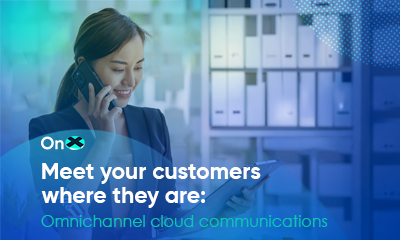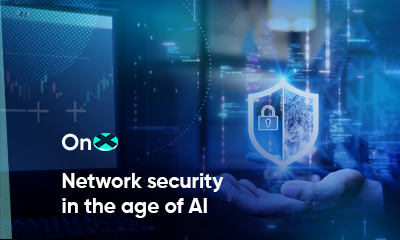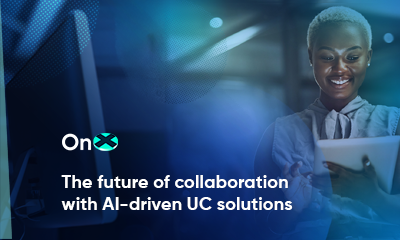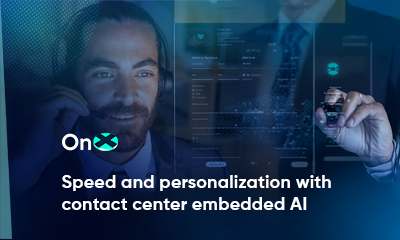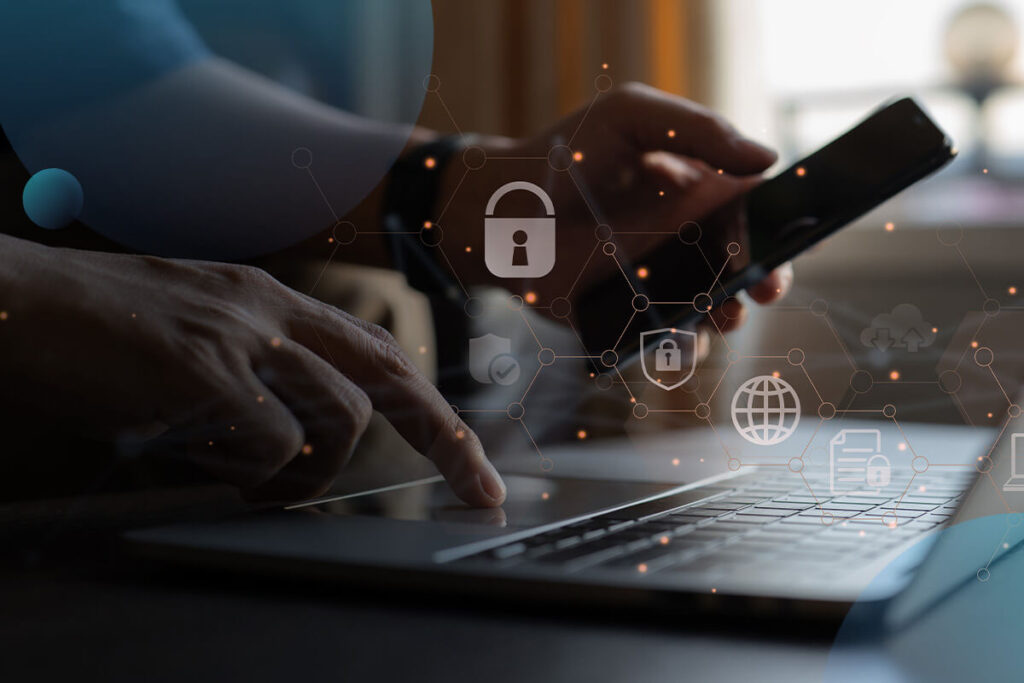
The modern workplace has undergone a significant shift. Today’s ever-growing international economy sees executives, employees, and customers increasingly dispersed. Staff members continue to demand the ability to work remotely and during hours that suit their personal or family obligations. The single, centralized office has transformed into a digital workplace. But with the uptick in remote workers come new cybersecurity threats that traditional security paradigms aren’t resourced to handle.
What is zero trust?
Zero trust is a security benchmark based on the idea that every connection is inherently suspicious until it has undergone authentication, limitation, and habitual verification.
Combining zero-trust principles with the latest cybersecurity measures and toolkits is the best practice for safeguarding the IT environments of modern businesses.
Zero-trust principles are successful because they aren’t simply about warding off potential attackers. Instead, they put internal network traffic under a microscope. Zero-trust principles require the preemptive verification of network users and their devices, the type of access they want to gain, and the behavior patterns they exhibit once they gain access.
Read on for additional information on the tools and practices driving this new cybersecurity model.
Learn more: Improving enterprise security with zero trust principles
Mitigating remote working security risks
Organizations today are still obligated to protect their local area network (LAN). However, they must also avert unsanctioned access and provide extensive access to all authorized users. Firewalls are one means of accomplishing this. However, one breach, and that firewall no longer acts as a barrier to a cybercriminal.
Remote working security risks require a more specific solution.
With that in mind, endpoint protection safeguards against the cyber risks of remote work. These tools secure communication platforms and constantly verify the identity of users.
Device security and authorization
Any mobile device with network access is a latent vulnerability. Company guidelines allowing users to supply their own devices in addition to devices owned by the business is a pressing reason to create comprehensive device management and security. All devices can be inventoried on mobile device management (MDM) platforms from the point of purchase.
Provisioning both types of devices remotely and with an administrator-created profile makes them easily deployable to a dispersed workforce while maintaining stringent security standards. Additionally, risks are diminished once the organization’s data protection and security guidelines and standards are in place.
Managed threat detection and response (MDR) is vital for detecting threats in the device environment. MDR goes beyond antivirus software. It brings together AI and human expertise to detect and nullify malevolent activity. In turn, every device is safeguarded, and the ripple effects of a possible breach are minimized.
Data protection at rest and in transit
Evolved organizations are adopting cloud applications and platforms to mitigate remote working security risks. These businesses count their cloud-stored data as high-value holdings. So, keeping these platforms secure is imperative. Easy and dependable access to company data and Software-as-a-Service (SaaS) tools are just as vital for day-to-day operations.
Local area networks (LANs) tied to hardware have their limitations. This is not so for today’s cloud-based networks, which employ software-defined wide area networks (SD-WAN). These networks make businesses more agile in terms of management and scalability.
Secure access service edge (SASE) joins SD-WAN with security tools like zero-trust networks and Firewall as a Service (FWaaS). SASE provides remote workers with a rapid cloud connection. Conversely, traditional connections are dependent on an on-premises data center. The authentication process and information distribution must be routed through this data center.
With consideration for users working on unauthorized devices, full-featured solutions offer secure browsers and web application firewall (WAF). These solutions also include application acceleration, providing a more rapid user experience and mitigating cybersecurity risks.
Identity verification
One aspect of remote working security risks is differentiating between authorized users and cybercriminals. Remote workers, vendors, and contractors require recurring access to SaaS platforms and cloud-stored data. However, to secure that data and mitigate cyber risks, all users must have their identities verified each time they try to gain access.
Identify and Access Management (IAM) is the framework of policies and processes that aligns system users with the resources necessary to do their jobs. IAM is carried out via multi-factor authentication (MFA) and single sign-on. A centralized IAM system also improves security and ensures compliance.
This type of IAM system allows certain processes to be accessed with role-based access control (RBAC). If users change their work center, their permissions will also be altered.
The impact of a single exposed account is significantly diminished when permissions are restricted. These restrictions also make it easier to monitor account activity and deactivate accounts when necessary.
When integrated with AI, IAM can evaluate user patterns, alert to questionable activity, and authorize or inhibit access due to specific attributes such as device or geographic locality.
Learn more: Defining security assessments: risk, compliance, and security frameworks
Putting security practices in place doesn’t necessarily mean investing in more software or additional platforms. Businesses can also take advantage of:
- MFA.
- Continuous and updated patch management.
- Vulnerability testing performed at regular intervals.
- A robust cybersecurity evaluation.
- A pre-planned interdisciplinary incident response program.
- Penetration testing.
- Professional education for team members.
Mitigate remote working security risks with OnX by your side
Cybersecurity practices must be comprehensive to combat increasingly complex security threats. Larger attack surfaces have resulted from hybrid and remote workforces, and these expanded attack surfaces have given rise to new cybersecurity risks. Businesses must have a trusted partner to guide them on their security journey as they continue to entrust their dispersed workers.
OnX offers organizations the contemporary toolkits needed to strengthen their security measures. From planning to execution, OnX is here to create a tailor-made cybersecurity strategy for your business. Our managed security services allow us to join forces with your team and IT environment.
Contact OnX to evaluate the remote working security risks that could jeopardize your business.











